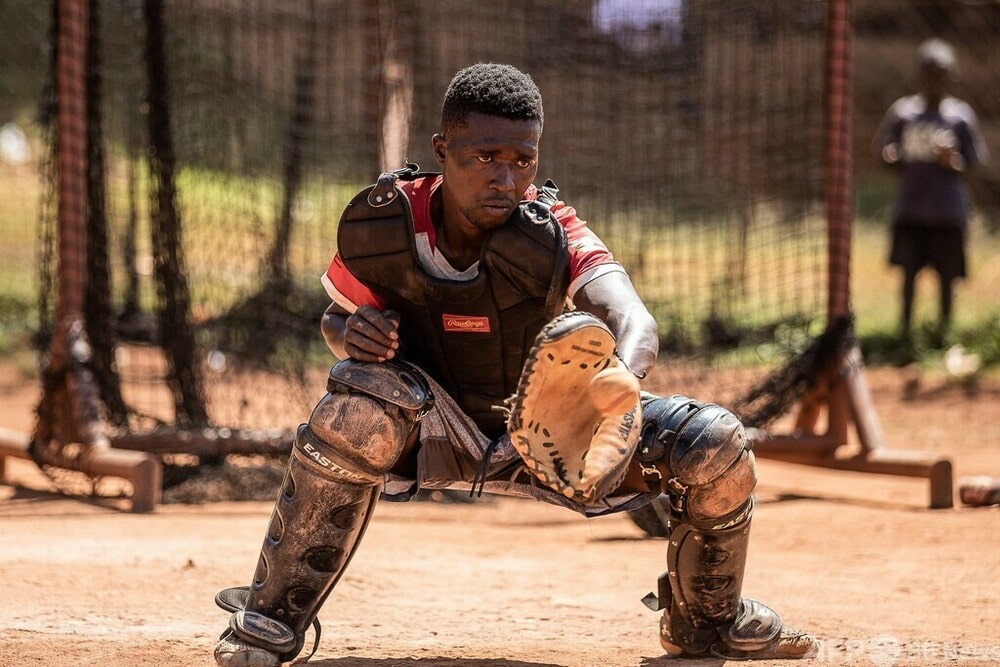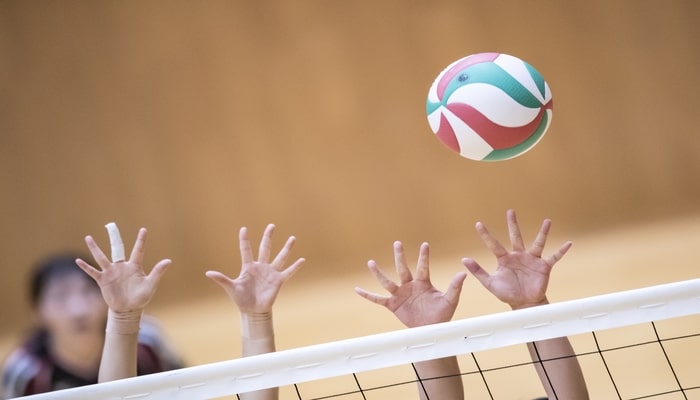
Boxing is not just a sport that trains your body, but also a martial art that helps you develop mental strength.
There are many people who want to learn boxing and hone their skills at home without going to a gym or club.
However, some of you may be wondering, “Is it really possible to learn boxing on your own?”
In this article, we will answer those questions and explain in an easy-to-understand manner the key points that you can learn on your own, from the basics of boxing to applied techniques and effective training methods at home.
This is a guide for everyone, from beginners to those who have already mastered the basics, to fully enjoy the charm of boxing and hone their skills.
So, let’s start the journey together to start self-studying boxing at home.
目次
How to start boxing on your own
When starting to learn boxing on your own, it is important to first learn the basics and acquire the correct form and technique.
Basic posture, footwork, and basic punching techniques form the foundation of boxing and lead to efficient training.
Basic posture
The basic posture of boxing is to maintain a good balance and be ready to attack and defend at any time.
Place your feet slightly wider than shoulder width apart, with your front foot facing your opponent and your back foot slightly outward. Keep your knees slightly bent and your weight distributed evenly between your feet.
Hold your hands to protect your face, keep your chin tucked, and keep your eyes fixed on your opponent (the intended point).
footwork
The basics of footwork in boxing is to move quickly and while maintaining balance.
The basics are stepping forward, backward, left and right, and pivoting (rotating the body around the feet).
When moving, use the entire sole of your foot to grip the floor to maintain stability.
Footwork is very important for creating attacking opportunities and avoiding attacks from your opponent.

basics of punching
jab
The jab is the most basic punch in boxing and is the starting point for an attack. Quickly extend your front hand and aim at your opponent’s face or body. A jab is used to measure the distance between you and your opponent, prepare for an attack, and defend.
straight
A straight punch is a straight punch thrown with power. Transfer the power from your back legs and thrust your back arms straight out in front of you as you rotate your hips. Combined with a jab, you can create an effective combination.
hook
A hook is a punch intended to attack from the side, and is struck in an arc across the target’s face or body. Bend your arms into an L-shape and use the rotation of your hips and the thrust of your feet to add power. This is an effective technique for hitting gaps in your opponent’s guard.
Mastering these basics is the first step in self-studying boxing.
Practice slowly and with correct form at first, then gradually add speed and power.
It takes time to learn basic skills, but if you persevere, you can definitely improve.

Boxing training you can do at home
To hone your boxing skills, you can do effective training at home without going to the gym.
In particular, shadow boxing and punching bag training are the main training methods for self-studying at home.
These workouts will help you improve basic technique, increase power and speed, and build stamina.
Basics of shadow boxing
Shadow boxing is a method of practicing punches and footwork without an opponent present.
If you do this in front of a mirror, you can check your form while training, which is effective for correcting your posture and movements.
- Posture and Rhythm : Always maintain the basic boxing posture and move with rhythm in mind. Developing a sense of rhythm is important for smooth movement in the ring.
- Footwork practice : Practice a variety of footwork combinations, such as steps forward, backward, left and right, and pivots. Move lightly and always maintain balance.
- Punch continuity : Practice combining basic punches such as jabs, straights, hooks, and uppercuts. In addition to putting more force into each punch, you will also practice delivering them smoothly and in succession.
- Use your imagination : Train while imagining a match against your opponent. In addition to attacking, incorporate movements to avoid attacks from your opponent.
Points of sandbag training
Training with a punching bag is an effective way to increase power and endurance.
You can hit the punching bag as if you were actually there with your opponent, allowing you to practice in a way that is similar to actual combat.
- Appropriate distance : Train while maintaining an appropriate distance from the punching bag. The sense of distance is directly related to the effectiveness of the punch in a real fight.
- Punch variations : Throw a variety of punches into the punching bag, including jabs, straights, and hooks. Practice from a variety of angles, such as how to apply force, the angle at which you hit, and continuous attacks.
- Footwork combination : When hitting the punching bag, be aware of your footwork as well. By moving around while attacking, you can practice moving and attacking at the same time in real combat.
- Rhythm and Timing : By being aware of the rhythm when throwing punches in succession, you can train more effectively. By varying the spacing, strength, and speed of your punches, you can develop a sense of timing and develop unpredictable attacks against your opponent.

Extra points for effective sandbag training
- Improved endurance : Train for longer rounds to increase your stamina and endurance. For example, you can repeat several sets of 3 minutes of training followed by 1 minute of rest.
- Use your whole body : When throwing a punch, it’s important not only to use your arms, but also to rotate your hips and press your feet. By using your whole body, you can throw a more powerful punch.
- Defense practice : During sandbag training, incorporate defensive movements in anticipation of a “counterattack” from the sandbag. You can also improve your defensive techniques by changing the position of your guard and moving your body to match the movement of the punching bag.
- Be safe : Reduce the risk of injury by keeping your gloves and wrist wraps tight. Especially as the force of the punch increases, the strain on the wrists and joints increases, so it is very important to use appropriate protective equipment.
Training variations
By adding variety to your training, you can keep it fun and never get bored.
It also allows you to train different techniques and muscles equally.
For example, try changing the purpose of your training, focusing on speed one day, power the next, and endurance the other.
Boxing training at home is a great opportunity to improve yourself.
Through shadow boxing and punching bag training, you will not only improve your basic techniques, but also gain a deep understanding of how to use your body and strategies in boxing.
Aim to steadily improve your skills at your own pace.

Tools guide for self-taught boxers
When training for boxing at home, you need the right equipment and tools.
For effective training, it is important to choose quality equipment.
Here, for those who are starting boxing on their own, we will explain how to choose the necessary training equipment and the correct use of gloves and wraps.
How to choose the training equipment you need
-
Boxing gloves : There are two types: one for training and one for sparring. Training bags are generally designed for punching bags and have thicker padding to protect your hands. The ones for sparring are designed to be softer to prevent injury to the opponent. We recommend the training version for practicing at home.
-
Hand Wraps : Essential to prevent wrist and finger injuries. Proper wrapping will secure your wrist and protect it from impact.
-
Punching bag (sandbag) : To train your punching power and technique, you need a punching bag. There are various sizes, weights, and materials, so choose one that suits your height, weight, and training goals.
-
Jump Rope : Jump ropes are great for improving footwork and stamina. Jumping rope can also be used as a heating exercise and cardio training.
How to use gloves and wrap correctly
-
How to wrap the hand wrap : Wrap it tightly around your wrist, palm, and between your fingers. Wrapping your wrists will keep them in place and reduce the risk of injury. At the end of the roll, secure it firmly with Velcro or a knot.
-
How to choose and wear gloves : When choosing gloves, it is important to choose the size that fits your hand. If it’s too small, your hand will be squeezed, and if it’s too big, the glove will move. When putting on gloves, first make sure that they fit smoothly over your wrapped hand and that you can move your fingers freely. Secure your hands with Velcro so they don’t move inside the glove.
To maximize training effects
Using the right equipment can greatly improve the quality of your training.
Correct use of gloves and wraps is very important, especially in boxing. By using these correctly, you can minimize the risk of injury, allowing you to concentrate on your training with more peace of mind.
In addition, choosing the right equipment will not only increase the effectiveness of your training, but will also be an investment that will allow you to enjoy boxing for a long time.
Additional points to make your training safer and more effective
- Equipment maintenance : We regularly check the equipment we use and perform maintenance as necessary. Gloves are especially prone to absorbing sweat, so it’s important to dry them thoroughly after use.
- Choose the right clothing : Choose clothes that are comfortable to move in to avoid injuries during your workout. Especially for your feet, choose sports shoes that are stable and support your ankles.
- Warm up and cool down : Warming up and cool down before and after training prevents injury and aids muscle recovery. Boxing in particular uses the whole body, so it is important to keep the whole body warm.
- Be aware of correct form : Always be aware of form and use correct technique during training. Training with improper form not only causes injury, but also reduces training effectiveness.
- Get Rest : Just as important as training is proper rest. Rest is necessary for muscle recovery and growth. If you feel tired, don’t push yourself too hard and get enough rest.
Choosing and using the right training equipment is very important when learning boxing on your own.
By keeping these points in mind, you can reduce the risk of injury and improve the quality of your training.
Boxing training at home is also a battle with yourself. With the right knowledge and equipment, aim to improve your skills while having fun and safely.

Tips to stay motivated
Staying motivated is very important in the long-term process of learning boxing on your own.
Inspire yourself, enjoy your daily training, and think of strategies to steadily improve your skills.
Goal setting and training plan
- Smart goal setting : Make your goals specific, measurable, achievable, relevant, and time-bound (SMART). For example, set clear and achievable goals, such as “increase the speed of your jab within 3 months” or “hit 10 consecutive hooks accurately on a punching bag in 6 months.”
- Divide and Achieve : Stay motivated by breaking your big goals into smaller steps and completing each step. Accumulating small successes will build your confidence and lead you to take on further challenges.
- Planned training schedule : Visualize your progress by planning your weekly or monthly training schedule and recording your daily activities. By training according to a plan, it will be easier to continue without straining yourself.
Self-assessment for continuous improvement
- Regular self-assessment : Regularly evaluate your progress against the goals you set and adjust your plan as necessary. Self-evaluation makes it easier to realize your own growth.
- Use video recording : By recording video of your training and form and looking back on it, you can objectively understand areas for improvement. Also, you can visually check the goals you have achieved and the points you have improved, which is a great motivator.
- Use feedback : It’s also helpful to get feedback from trusted friends and training buddies. Opinions from other people’s perspectives can help with self-evaluation.
More tips to increase motivation
- Diversify your training : Repeating the same routine over and over can lead to boredom. Keep things fresh and motivated by varying your training methods.
- Reward yourself : It’s important to reward yourself when you reach your goals. Even small rewards can give you a sense of accomplishment and motivate you to take the next step.
- Healthy lifestyle : A healthy lifestyle is essential for continued training and improved performance. Getting enough sleep, balanced nutrition, and staying hydrated will help your body recover and get the most out of your training. Particularly in physically demanding sports like boxing, physical condition is directly linked to performance, so special attention must be paid to health management.
- Get enough sleep : Good quality sleep is necessary for physical and mental recovery. Aim for 7 to 9 hours of sleep each night, as sleep deprivation can lead to poor concentration, decreased performance, and increased risk of injury.
- A balanced diet : A balanced diet of protein, complex carbohydrates, healthy fats, vitamins, and minerals will give you the energy you need to train and support muscle repair and growth.
- Stay hydrated : Dehydration during exercise not only reduces your performance, but also negatively affects your health. Make sure to drink enough water not only during training, but also in your daily life.
Maintaining long-term motivation
To stay motivated, it’s important to keep promises to yourself and accumulate small successes.
Also, regularly reminding yourself of your reason for continuing to box and your purpose will help you stay motivated.
Never lose sight of your “why”, whether it’s the fun of a challenge, your health, improving your self-defense skills, or just because you love boxing.
Training on your own can sometimes feel lonely, but the joy of seeing your own growth is priceless.
Take a break from time to time, take care of your mental health, and learn at your own pace.
Enjoy the process of facing yourself and growing through boxing.





